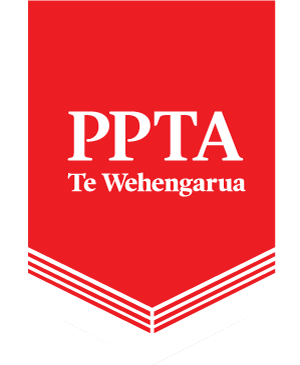Source: Secondary teachers question rationale for changes to relationship education guidelines
Three options for the future use of Western Springs Stadium will go out to public consultation this month, before the council makes a final recommendation later this year.
Auckland Council’s Governing Body agreed to invite Aucklanders to give their feedback on the future use of Western Springs Stadium before determining a preferred direction.
Max Hardy, Director of Group Strategy and Chief Executive’s Office, says Western Springs Stadium is a valued venue with a long history in Auckland.
“Western Springs has served as an important venue for sports, large-scale outdoor festivals and concerts.
“Through this process, we are seeking Aucklanders’ views on the future opportunities for the site and how it could continue to contribute to the city’s sports, entertainment, and community life.
“We encourage people to consider the options and tell us what they think,” he says.
This follows an expression of interest (EOI) process carried out by Tātaki Auckland Unlimited (TAU), which owns and operates Western Springs Stadium with funding from Auckland Council. Two redevelopment proposals emerged through that process. There is also a third option of doing nothing or exploring other ideas.
A report presented to the Governing Body summarised the EOI process, the three options, and the recommendation of the TAU Board.
A majority of the Governing Body supported asking the public for feedback on all three options, to help inform decision making on the future use of Western Springs Stadium.
The three options that have been identified for public consideration are:
- Option 1: Auckland Arena – a multi-purpose sports and entertainment precinct centred on a football-focused 12,500-seat stadium (25,000+ capacity for concerts), including high-performance facilities, 8 indoor basketball courts, 4 padel courts and related commercial activity (hospitality and sports/health-related services). This option would be funded by private investment (in the range of $200-300 million as the initial investment, with all ongoing operational and capital costs covered, with no upfront or ongoing costs to the ratepayer) in exchange for a long-term discounted or community lease.
- Option 2: Western Springs Bowl – multi-purpose sports and entertainment facilities including permanent music/festival infrastructure (50,000 capacity), a broadcast-capable boutique stadium (5000+ seats) and a multisport community hub. This option would be funded by a mix of private investment ($30 million) and ratepayer funding ($18-20 million upfront investment and ongoing operational and capital costs), as well as long-term discounted and/or community leases.
- Option 3: neither option above; do nothing or explore other ideas – under this option, TAU could retain existing arrangements with Ponsonby Rugby Club whose lease runs until 2027, or explore other ideas for the venue.
Consultation will run from 19 May until 15 June 2025. Feedback can be provided through the council’s AKHaveYourSay website and other engagement activities.
Following consultation, the findings will be presented to the council’s Governing Body. A recommendation will then be provided to the TAU board and TAU will make the final decision, as the venue owner and operator.
Any future redevelopment would remain subject to detailed due diligence, business case preparation, and commercial negotiations.
